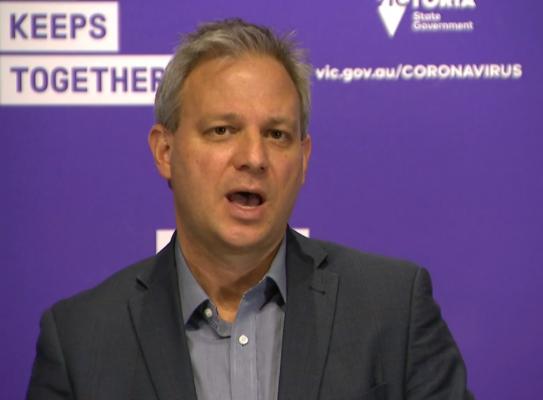By Mitchell Clarke
The Chief Health Officer has acknowledged the financial, mental and social wellbeing concerns of Cardinia Shire’s rural towns, as the Premier warns the roadmap may be overlooked, allowing regional restrictions to be eased further.
Despite originally wanting to keep metropolitan Melbourne and regional Victoria as “closely aligned as possible”, Premier Daniel Andrews on Thursday (8 October) hinted the regions could push further ahead in their roadmap out of the virus crisis.
“If Melbourne is more stubborn than we had thought, we will give very detailed consideration to regional Victoria, perhaps taking some further small steps … We won’t have them held back by some of the challenges we’ve faced in Melbourne,” he told a regional media conference.
But the Premier stopped short of making an official announcement, stating the decision remained under “constant review” based on data and science.
“We’re in that very difficult zone where there’s lots of thinking … but we just can’t give people answers to those very legitimate questions,” he said.
It comes after professor Brett Sutton said he was “conscious” of the difficulties faced by communities living in areas east of “Packenham”.
He said metropolitan Melbourne’s definition was based on the Planning and Environment Act 1987.
“I am conscious that the regional-metropolitan boundary we have used as a basis for establishing different restriction levels in Victoria has been particularly difficult for some communities given they may have had few cases of Covid-19 since the beginning of the pandemic,” he said.
“Achieving a boundary that is ideal for those on both sides wherever it falls is complex and there will always be a community seen as being on the ‘wrong’ side of this boundary.
“The boundary is not intended to restrict the movements and activities of those within it purely because they have similar infection rates to areas closer to the CBD or on the other side of Melbourne. Rather, it is designed to limit seeding of infection into regional areas and to allow regional Victoria to open up sooner while infections are still being contained in metropolitan areas.”
Narracan MP Gary Blackwood said he was “deeply disappointed” that a boundary realignment or alternative boundary would be considered.
“This response from the Chief Health Officer does not end our fight for local communities in eastern Cardinia,” he said.
“Rural Cardinia is not the same as metropolitan Melbourne. We do not have 20 parks, 50 restaurants and dozens of shopping outlets within 5km of homes. We would more likely have 400 cows than 400 people within that area.”
For metropolitan Melbourne to achieve the last step on the roadmap, there must be no new cases for 14 days state wide.
To achieve a ‘Covid normal’, metropolitan Melbourne must have no new cases for 28 days and no active cases statewide and no outbreaks of concern across the country.







